Kim Pasternak is one of Australia’s passionate education users of Second Life and runs the AusSLERs site. We caught up via email to discuss education and more.
Lowell Cremorne:Tell us a little about your educational background
Kim Pasternak: OK. I started out with the sciences, Chemistry especially, when I first left school and for a variety of reasons found my way into Theatre and Drama. After graduating with a degree from Murdoch University I worked for several years in the entertainment industry. Along the way I helped create Class Act Theatre and so my interest in Education was resurrected. A couple of years later I started my Graduate Diploma in Education at Edith Cowan University (ECU). It was there my interest in Drama and Technology was stirred. I worked as a teacher of Drama (and English, Dance, Computing, even Early Childhood Studies) in State and Catholic high schools and undertook a Master of Education (also at ECU) looking at Drama and Technology: teacher attitudes and perceptions. I also began working as a casual tutor and lecturer in teacher education. When the M.Ed was nearly finished I was invited to apply for a position in the PhD program at the Creative Industries faculty at Queensland University of Technology. I’ve got less than a year to go until that thesis is submitted.
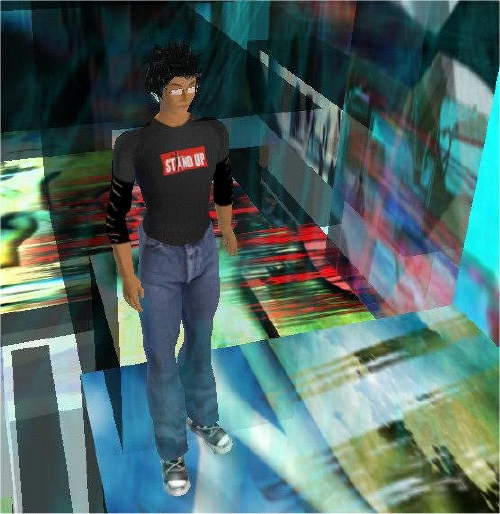
Lowell Cremorne: What’s the topic of your PhD research?
Kim Pasternak: Like many thesis titles it’s long-winded and descriptive at the moment – Drama Teacher as Games Master: developing digital games-based process drama as performance. The basic idea is to take an extended educational role-playing form and blend it with online spaces. I want to see what happens when we extend a traditional drama form that is normally done with a focus on participation and simultaneously frame it as a performance – all mediated through an engagement with virtual spaces. I tell people it’s about Drama and Virtual Reality for the sake of ease. The output of the study is largely practical – I’m conducting 4 creative development cycles and the performances/workshops will form part of the thesis – only 40-50% will be written.
Lowell Cremorne: When did you first get involved in SL?
Kim Pasternak: Looking at my avatar’s birthdate it was November 17, 2005. I’d been told about it a few days earlier by some people at a conference in Melbourne – in fact, Lindy McKeown (Decka Mah) was also at that conference. Owen Kelly and Camilla Lindeberg from Arcada in Finland were there talking about their Marinetta project, they also referred to Neualternberg and my interest was piqued. I was already searching for possible technologies to use with my research project. At that time I was considering ActiveWorlds because I’d explored the possibilities and seen some exciting learning environments demonstrated by colleagues from AppState in North Carolina.
Lowell Cremorne: What are your recollections of those first few weeks using SL?
Kim Pasternak: Like most newbies I logged in without much of a clue about what to do – I was really just intent on finding the place Owen and Camilla had talked about. I found myself in this odd world that took a long time to resolve. I pretty much ignored the orientation experience and went searching straight away – the user interface was intuitive enough to let me clumsily get around. Like many newbies I also arrived with no understanding of the culture of SL and was terrified whenever another avatar appeared nearby. It was probably a week before I started talking to anyone. At that time there were relatively few users, around 150,000 from memory. And then I pretty much left SL while I got on with my study until about six months later when I got back into it with a clearer sense of what I was trying to achieve. By now, there were over a million registered users. The place had grown up and the interface was better and you didn’t have to look as hard to find things to do. This time I started to spend time playing with Kim Pasternak’s appearance, and took the time to learn the basics of building and scripting. I’m no whiz at either but can cope with some basic tasks.
Lowell Cremorne: Was the educational power of SL something that always seemed obvious or did you need to get to know it well first?
Kim Pasternak: Because of the context where I learned about Second Life I was always thinking about educational potential. I baulk a little at the idea of “educational power†but I could imagine possibilities from the outset and my current work is little changed form the original idea I had. I have however learned about the time it takes to create things and the great hurdles we have to overcome in convincing universities and schools about the possibilities. I negotiated for nearly 8 months with the network people at university before we could determine a workable and acceptable policy for how to engage with SL and other emerging technologies in a large institutional setting. I think we now have the basis of a very good approach to introducing and exploring new technologies. The educational and research communities have been a fantastic source of inspiration, information and guidance. The SLED and SLRL groups in particular continue to be the dynamic face of education in Second Life. The scope of educational projects is immense and growing daily.
Lowell Cremorne: What’s the most exciting learning application for SL you’ve seen? (SLURL would be great if you can provide it)
Kim Pasternak: There are so many exciting initiatives in Second Life it’s hard to choose just one. JoKay and Sean have a great listing of some of the more impressive projects. The NMC initiatives in running Symposia and other events has been a boon to developing knowledge about education in Second Life. Personally, being associated with some of the leading Australian SL educators continues to be exciting. Decka Mah and Anya Ixchel are both great colleagues and locally in the K-12 sector there are some interesting moves afoot. I started a website for AusSLERs. That’s the Australian Second Life Educators and Researchers group and we currently have about 50 members aboard. We also have the in-world group that’s also growing. I’ve been keen to develop more connections in the field of educational drama, as I think SL lends itself well to dramatic roleplay, but there don’t seem to be too many practitioners offering learning through drama. Anya Ixchel and I presented a session for NMC the other day “Teaching On the Second Life Stage: Playful Educational Strategies for Serious Purposes†that received some very positive feedback from the 30+ participants. Perhaps the DEISL (Drama Educators in Second Life) group might see a surge of interest.
Lowell Cremorne: Are you an immersive sort of SL user?
Kim Pasternak: If you are alluding to the difference between an “immersionist†or “augmentationist†I think I’d be hard pressed to make a definitive stand in either camp. But I suppose when I’m using my professional avatar, Kim Pasternak, then I make no effort to hide my real life inworld. My profile is fairly comprehensive about who I am in either context – I guess that makes Kim Pasternak an augmentation. I do however use Alts to explore SL and to play. The Alts also give me a bit of space away from the various groups and associations that Kim Pasternak connects with. It’s quite nice to wander about without IMs streaming in.
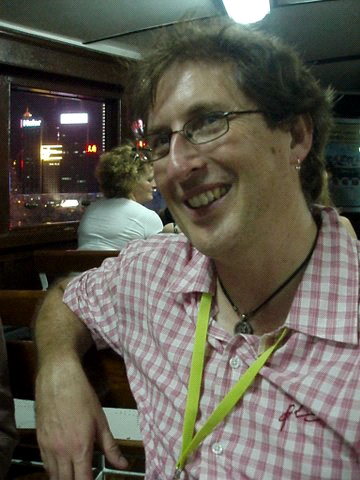
Lowell Cremorne: Putting your forecaster’s hat on, where do you see SL / virtual worlds evolving in the coming year and beyond.
Kim Pasternak: I’m hopeless at this sort of thing – I bought BETAMAX! I think the shift to the 3D Web will be slower here in Australia. All the talkj recently about how limited our internet capacity is in Australia was really brought home to me when I was in Hong Kong recently. Genuine high speed systems (not hyped up ADSL 2+ networks) need to drive something like a 3D Web and while many of the major players for these systems tend to operate out of the USA then we’ll continue to see that reflected in the types of 3D worlds that emerge. When the open source server systems start becoming more reliable we’ll probably see some local systems set in place – I think there may be some real benefits for that sort of arrangement in the various educational sectors. In the coming year, I think we’ll see the shift to voice in SL slowing down some of the innovations. I love using voice but can also see there are some real benefits to the text based mode of communication.
Lowell Cremorne: Any other thoughts on voice?
Kim Pasternak: As I mentioned above I think it offers a lot to many aspects of the SL experience – but some of the role-playing and other educational and performance activities will be adversely affected if there is a wholesale abandonment of text.
Lowell Cremorne: What are your favourite locations to visit in SL?
Kim Pasternak: Sadly, I don’t spend a lot of time exploring other spaces these days. A lot of my time and energy goes into developing the context for my own research work. I’ve just ordered an educational island so I guess I’ll probably see even less of the growing SL world in months to come. Having said that I do check out the offerings at ICT Library. I’ve also spent some enjoyable times listening to performances by Paisley Beebe (Australian jazz vocalist), I like the oddball work of Second Front and Ars Virtua gallery is often hosting some challenging works.
Lowell Cremorne: Who inspires you in SL?
Kim Pasternak: Well, I’d have to mention Decka Mah again, she’s always on the go with her own work and helping others. There’s a whole group of Aussie educators who are doing some great work – Anya Ixchel, Jokay Wollongong, Sean McDunnough amongst them. They’re always involved when something new and exciting is about to happen. There are lots of users I met through the SLED mailing list who inspire me, and in many ways they have become the shining lights of SL – Sarah “Intellagirl†Robbins, Stan Trevena, Beth Ritter-Guth, and others. Larry Pixel and his crew at NMC are also high on my list of people to admire.
Lowell Cremorne: If you had your own island, what would you do with it?
Kim Pasternak: Well, I’ve recently placed an order for an island and the sad thing is I have to say I’ll be going to work there! It’ll serve as the base for PhD investigations and I’ll also make space available to some of the AusSLERs who are still dabbling. I’d love to set up a holographic space for early career researchers to generate 3D representations of their research posters. I got a holodeck from Biscuit Carroll some months ago but have struggled to generate much interest in the idea. I honestly believe that finding new ways of expressing research will have a tremendous impact on the shift towards more performative modes of research. When my study is finished I hope to maintain the island as a centre for drama educators to incubate and expand the paradigm of their work.
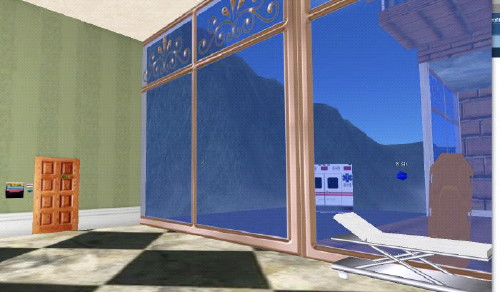
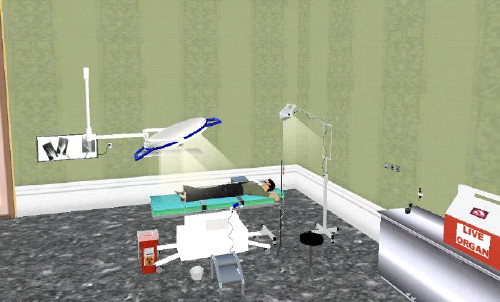
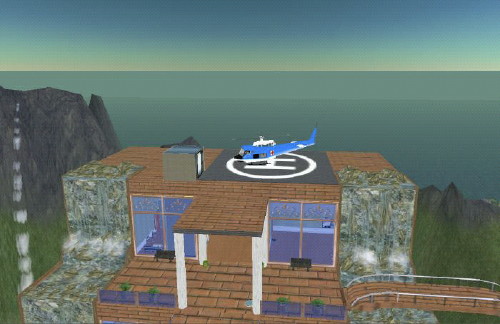
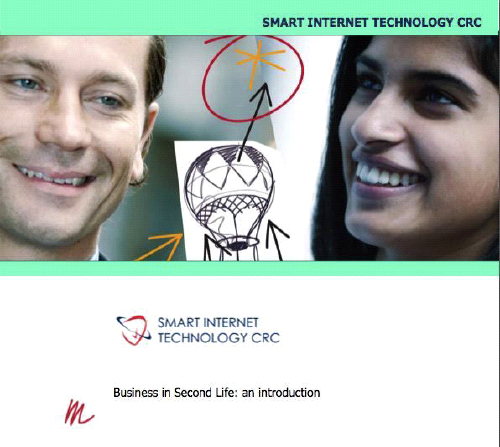


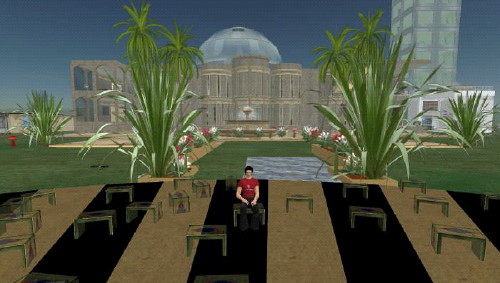
Recent Comments